
Temple History
Deoksansa Temple, which was formerly known as Naewonsa Temple, is located in the eastern part of Jirisan National Park in Sancheong, Gyeongsangnam-do. Deoksansa Temple was first established in 657 A.D. purportedly by the famed monk Wonhyo-daesa (617-686 A.D.).
The temple was later reconstructed by Muyeom-guksa (801-888 A.D.) during the ninth century. It was at this time that the temple was quite popular thanks in large part to Muyeom-guksa’s influence and reputation. It was at this time that the temple was originally known as Deoksansa Temple only to be changed to Naewonsa Temple during the Goryeo Dynasty (918-1392). Naewonsa Temple means “Inner House Temple” in English. During the Confucian-oriented policies of the Joseon Dynasty (1392-1910), and like so many other Buddhist temples at this time, the temple fell into disrepair. The temple would completely be destroyed during the Imjin War (1592-98). The temple would partially be repaired only to be further damaged during the Korean War (1950-53). Then in 1959, and under the guidance of the monk Wongyeong, the temple was re-established in its present incarnation.
Up until March 26th, 2021, the temple was most recently known as Naewonsa Temple; however, after a roof tile was discovered with the name Deoksansa Temple on it during an excavation, the name reverted back to its original name. In English, Deoksansa Temple means “Virtue Mountain Temple.”
Deoksansa Temple is home to one Korean Treasure, it’s the “Three-Story Stone Pagoda of Deoksansa Temple,” which is Korean Treasure #1113. The temple is also home to National Treasure #233-1, which is the “Stone Seated Vairocana Buddha from Seongnamamsa Temple Site.”
Temple Layout
Deoksansa Temple is located up a long valley. And next to the temple grounds flows a beautiful stream. As you first enter the main temple courtyard, you’ll immediately notice to your left a collection of buildings that include the administrative office. And to your right, you’ll notice the monks’ dorms.
Straight ahead, on the other hand, and under a rounded mountain top, are a set of three shrine halls. Out in front of these three shrine halls is the “Three-Story Stone Pagoda of Deoksansa Temple.” It’s believed that the pagoda dates back to the latter years of the Unified Silla (668-935 A.D.). The pagoda consists of a two-story platform on which a three-story body stands. The carvings that adorn the pagoda are pillars. They are clearly seen on the platform and pagoda body. However, these carvings were serious damaged by fire. The body stones are thin and flat. And each of the edges of the eaves stretch upwards. The finial of the pagoda no longer exists, and the body of the pagoda has been damaged in places. During the 1950s, the pagoda received damage caused by treasure hunters. More recently, and fortunately for us, the pagoda has been restored to its past form by the monk Hong Jinsik.
Standing behind the “Three-Story Stone Pagoda of Deoksansa Temple” is the diminutive Daeung-jeon Hall. The exterior walls are adorned with a collection of fading Shimu-do (Ox-Herding Murals), as well as other Buddhist-related murals. As for the interior of the compact main hall, you’ll find a triad of statues on the main altar centred by Seokgamoni-bul (The Historical Buddha). This image is flanked on either side by images of Munsu-bosal (The Bodhisattva of Wisdom) and Bohyeon-bosal (The Bodhisattva of Power). To the left of the main altar is a vibrant mural dedicated to Jijang-bosal (The Bodhisattva of the Afterlife). What’s interesting about this mural are the various scenes from the Underworld at the base of the mural. To the right of the main altar, on the other hand, is a new Shinjung Taenghwa (Guardian Mural).
To the left of the Daeung-jeon Hall is the newest of the three shrine halls. The exterior walls are adorned in simple dancheong colours and patterns. As for the interior, you’ll find the stunning “Stone Seated Vairocana Buddha from Seongnamamsa Temple Site,” which is National Treasure #233-1. The statue depicts Birojana-bul (The Buddha of Cosmic Energy), and it’s made of granite. In total, the statue and base measure 2.11 metres in height with just the statue alone standing 1.08 metres in height. A reliquary was discovered inside the statue that had an inscription on it. In total, there were 136 Chinese characters written over 15 lines. The inscription indicated that the statue was made in 766 A.D. This makes the statue the oldest in Korea with the Wisdom Fist mudra (ritualized hand gesture). This mudra has the right index finger placed inside the left hand. This is the most distinguishing feature of Birojana-bul. Originally, this statue was located at a temple site on Mt. Jirisan. Later, two brothers from Seongnam-ri Village took the statue to their house. Eventually, it was given to Naewonsa Temple (now Deoksansa Temple) in 1959.
As for the design of the “Stone Seated Vairocana Buddha from Seongnamamsa Temple Site,” it has a large protruding part to its head, which symbolizes the Buddha’s wisdom. There are also three creases under its neck. These are meant to symbolize the “three destinies” of affliction, actions, and suffering. The robe falls over both of its shoulders, and its folds are carved with surprising detail, especially when you consider the statue’s age. Situated behind the statue is what remains of the mandorla. Overall, the statue is beautifully designed and well-balanced.
The third, and final, shrine hall that visitors can explore at Deoksansa Temple is the Samseong-gak Hall, which is located to the right of the Daeung-jeon Hall. According to the ever knowledgeable Prof. David Mason, the Samseong-gak Hall used to be divided into three separate rooms with each shaman deity occupying a room with its own signboard over its respective entrance. However, in 2007, these walls were taken down for a more open style to the shaman shrine hall.
When you first enter the Samseong-gak Hall, you’ll be greeted by an older-looking mural dedicated to Chilseong (The Seven Stars). Of particular interest is the central image of Jeseok-bul (Indra) that has a manja symbol on its chest. Sitting in the centre of the main altar is a stone statue dedicated to Cheonwang-bosal, who is better known as Cheonwang-bong Seongmo-halmae. To the right of this stone statue is a bronze statue of Gwanseeum-bosal (The Bodhisattva of Compassion). Next to the bronze Gwanseeum-bosal is a vibrant painting of Dokseong (The Lonely Saint). And next to this painting is a folkish mural dedicated to Sanshin (The Mountain Spirit). The final painting inside the Samseong-gak Hall is dedicated to Yongwang (The Dragon King), which hangs on the far right wall. The interior of this shaman shrine hall is both striking and highly original.
How To Get There
From the Jinju Intercity Bus Terminal, you’ll need to catch a bus that reads, “Daewonsa Hang,” on it, which means “Towards Daewonsa” in English. This bus comes every 40 minutes. From this bus, you’ll need to get off at “Daepo.” From the Jinju Intercity Bus Terminal to Daepo, it takes about an hour. And from Daepo to Deoksansa Temple, you’ll need to walk about 2.6 km to get to the temple. There are signs along the way that should guide you the rest of the way.
Overall Rating: 7.5/10
Overall, Deoksansa Temple, which was formerly known as Naewonsa Temple, has a quaint and intimate feel to it. In addition to the beautiful Jirisan National part that surrounds the temple, you’ll also find the “Three-Story Stone Pagoda of Deoksansa Temple” and the “Stone Seated Vairocana Buddha from Seongnamamsa Temple Site,” which is the oldest of its kind in Korea. That’s probably the reason it was recently named as a National Treasure. In addition to these rather obvious highlights, you can also enjoy all the shamanic artwork inside the Samseong-gak Hall, as well as the interior of the Daeung-jeon Hall. While not as obvious as other temples in Jirisan National Park like Ssanggyesa Temple or Hwaeomsa Temple, Deoksansa Temple is definitely worth a visit to the eastern regions of the park.
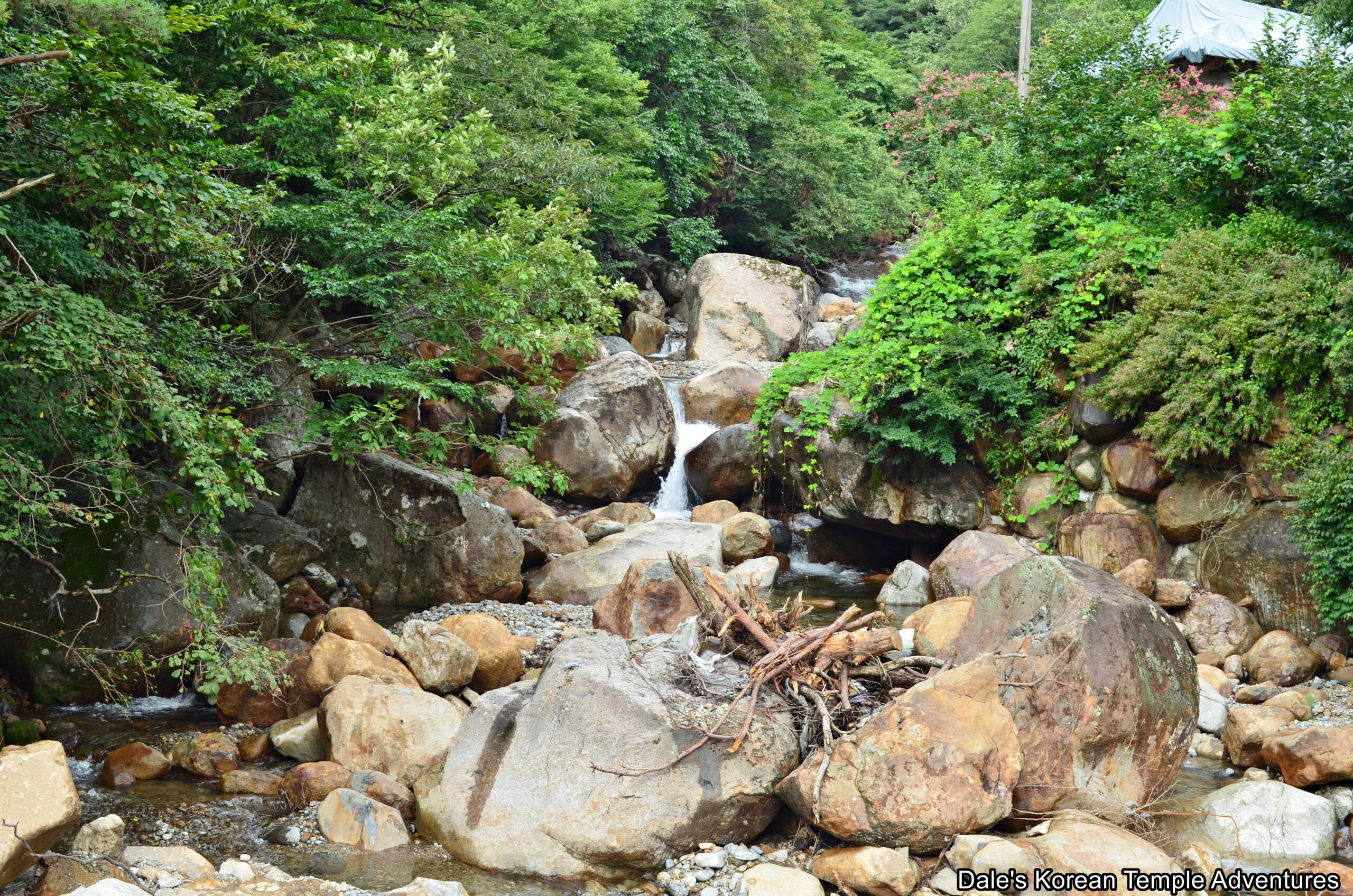
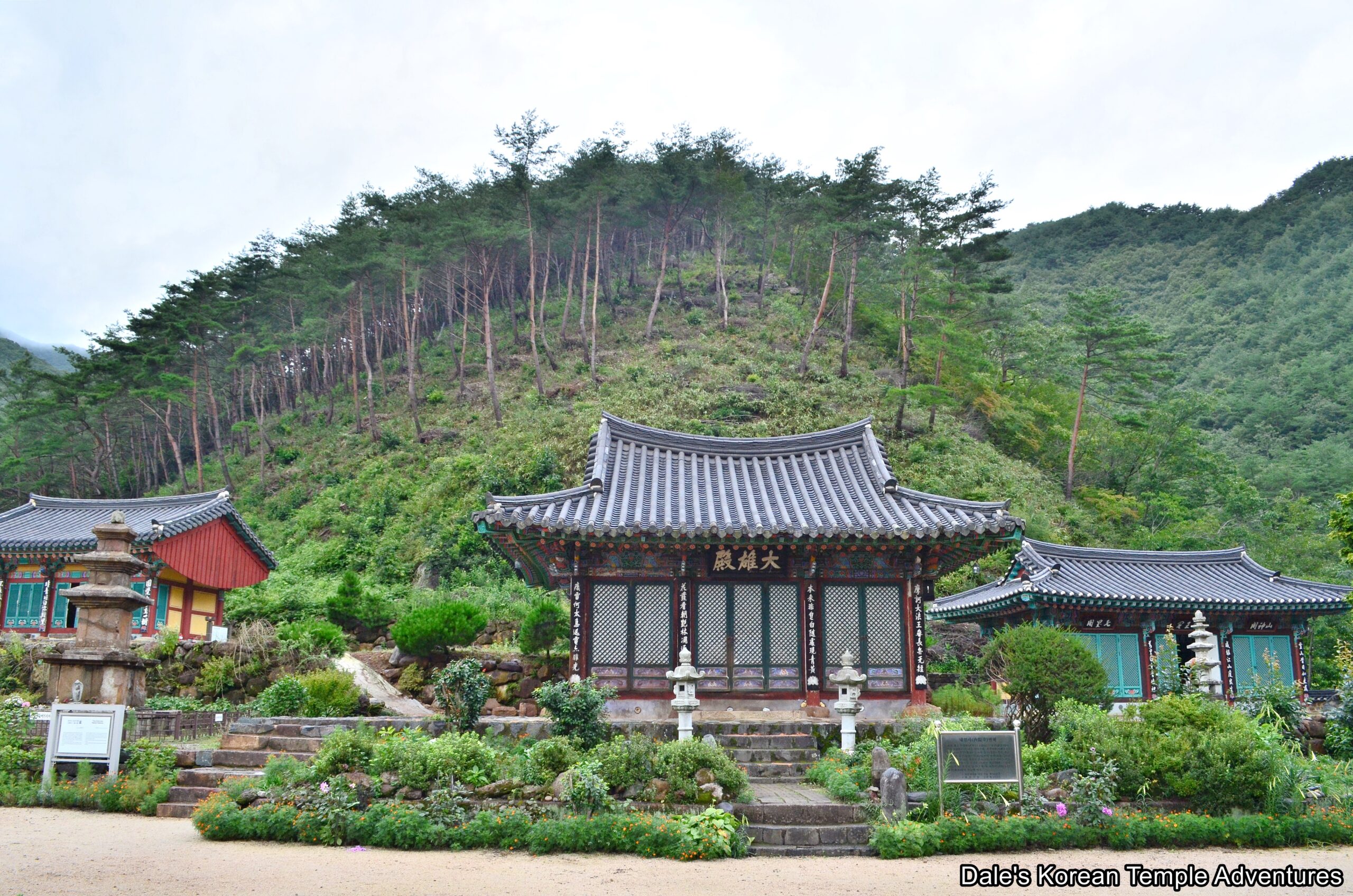
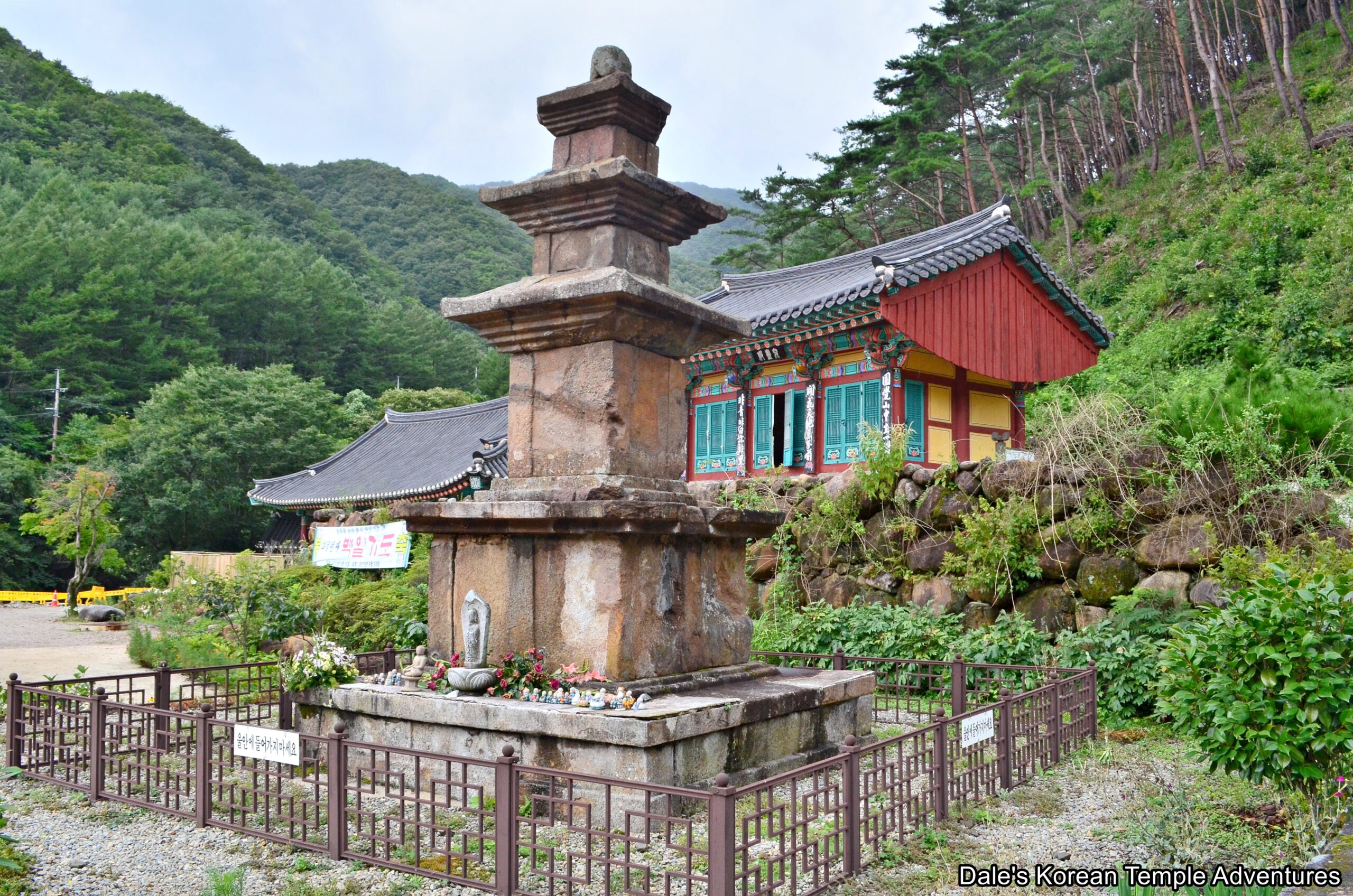
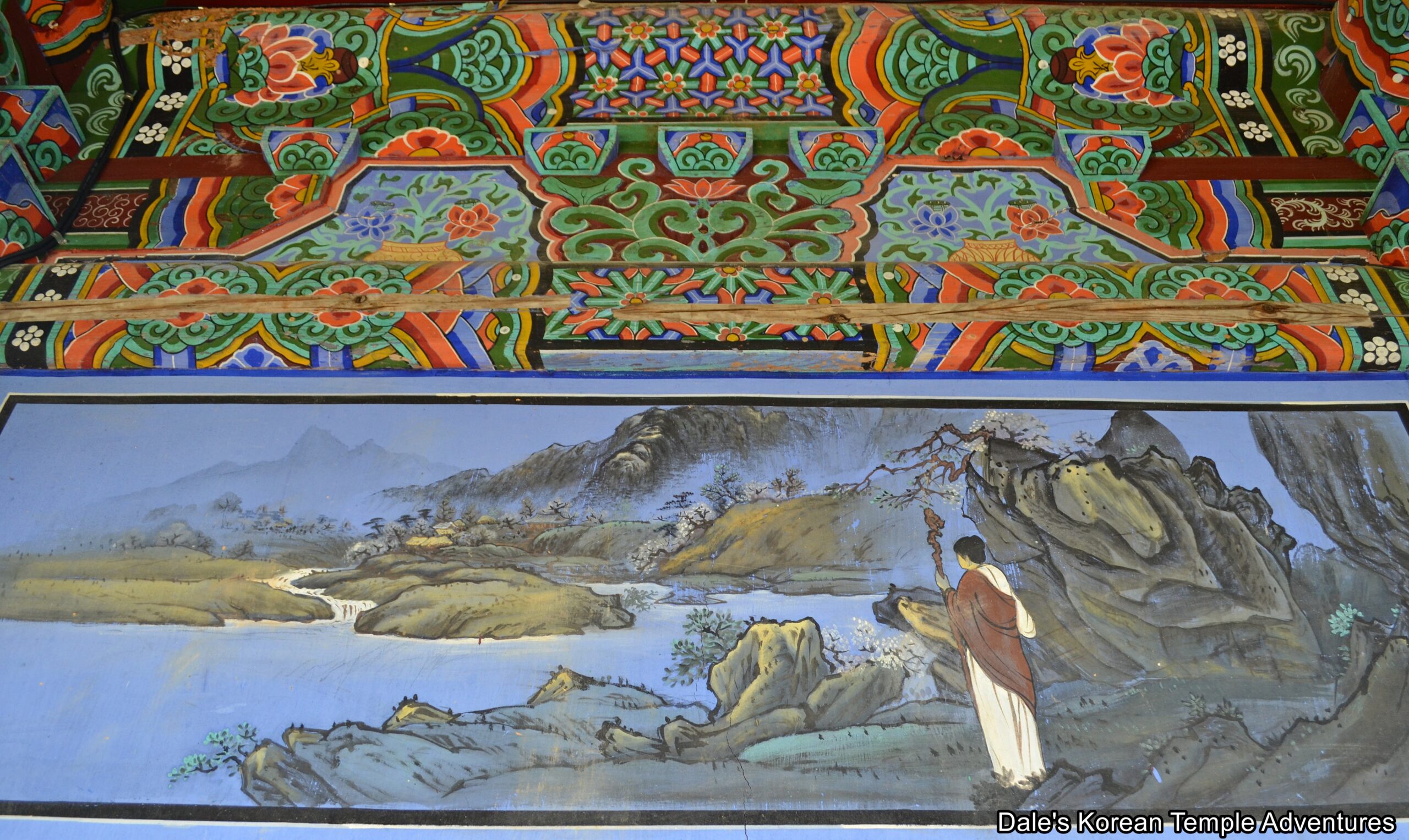
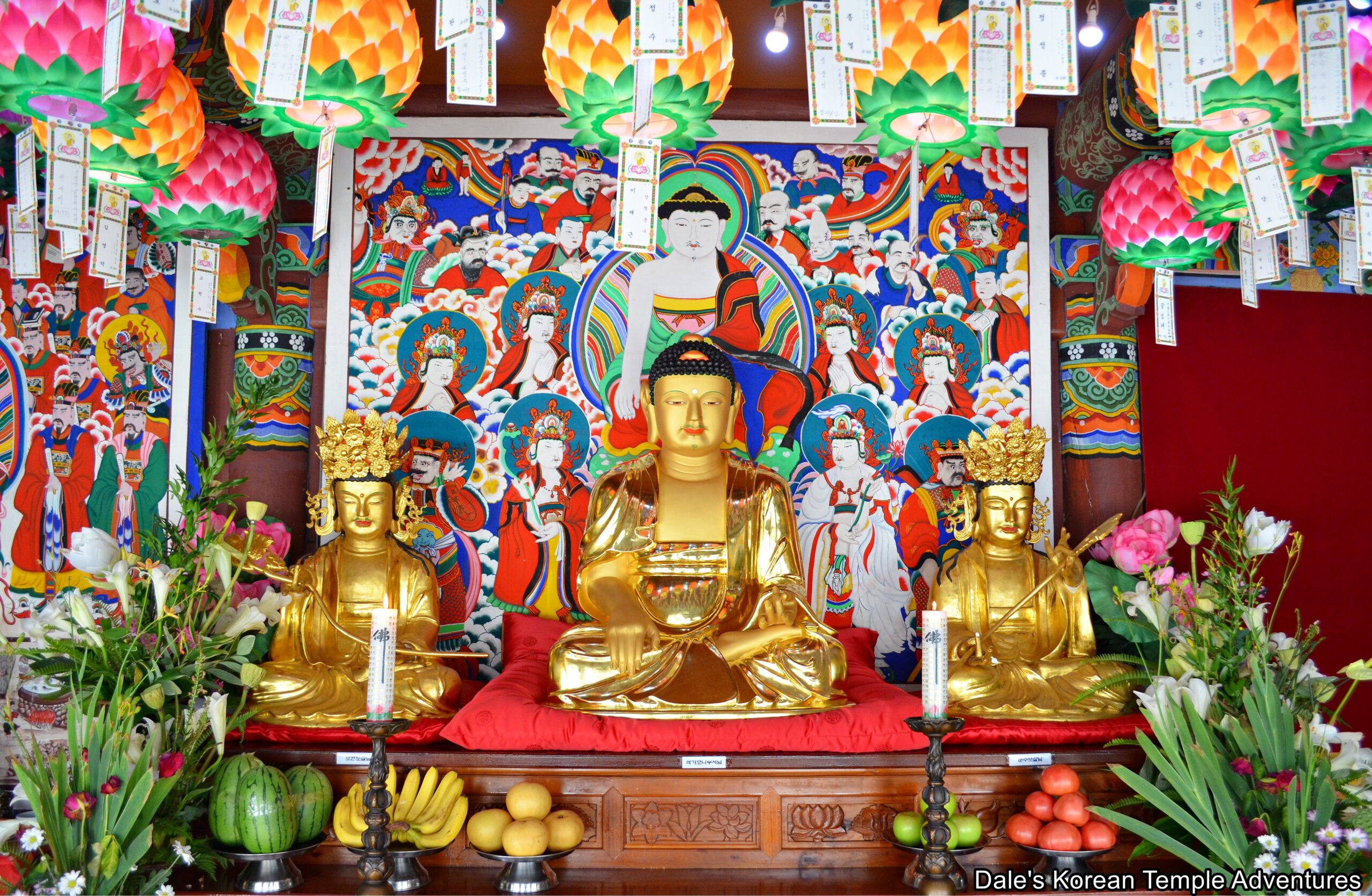
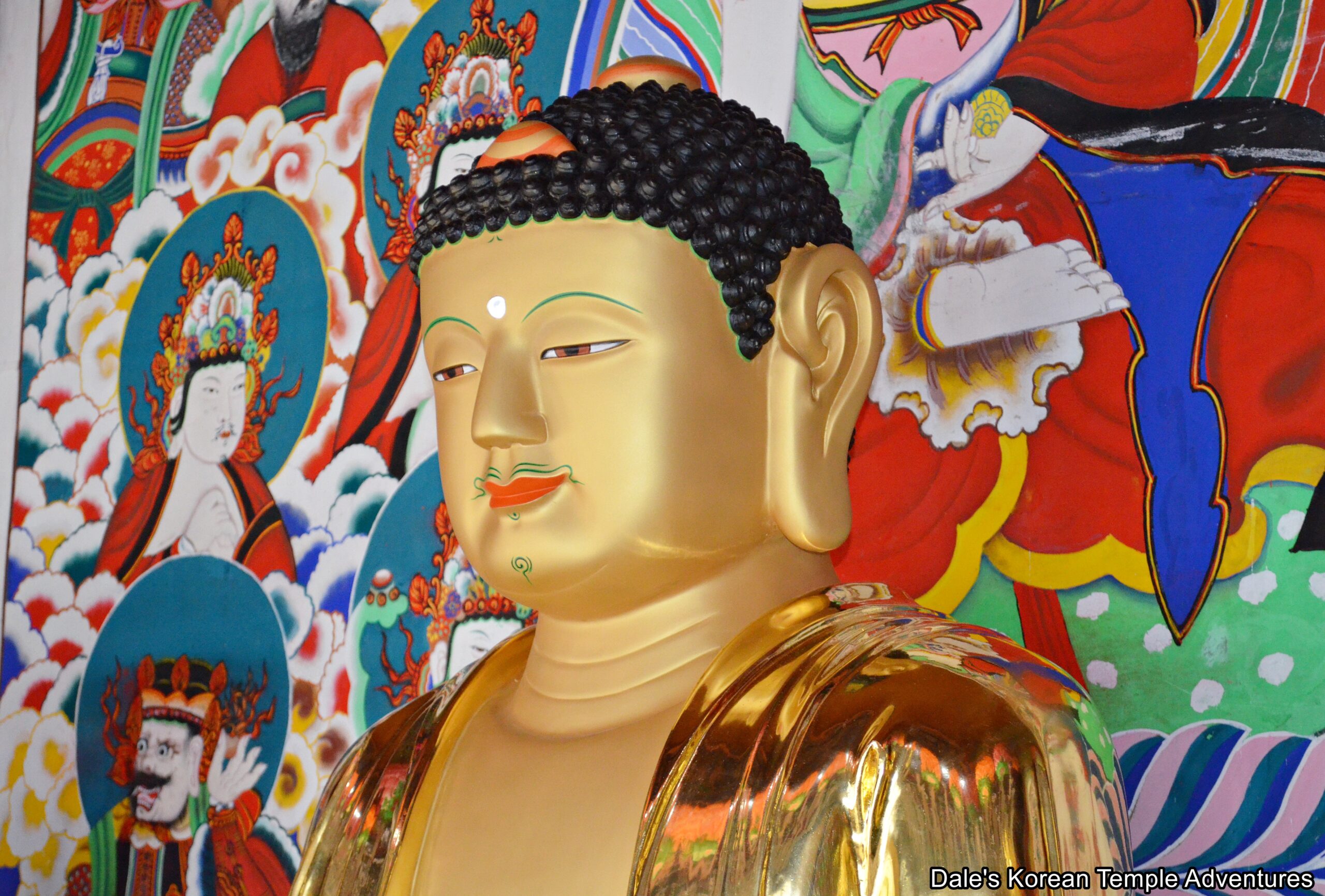
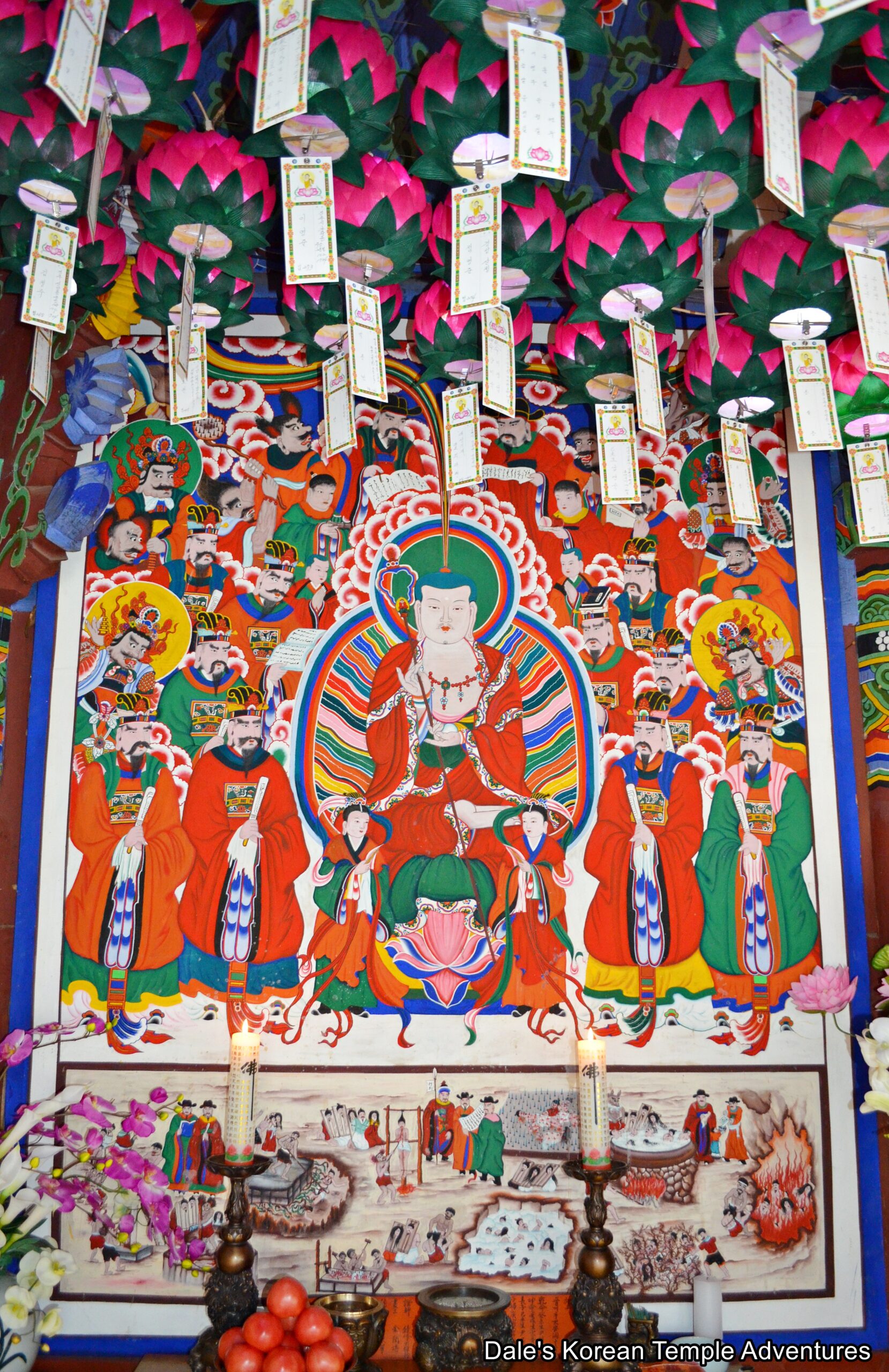
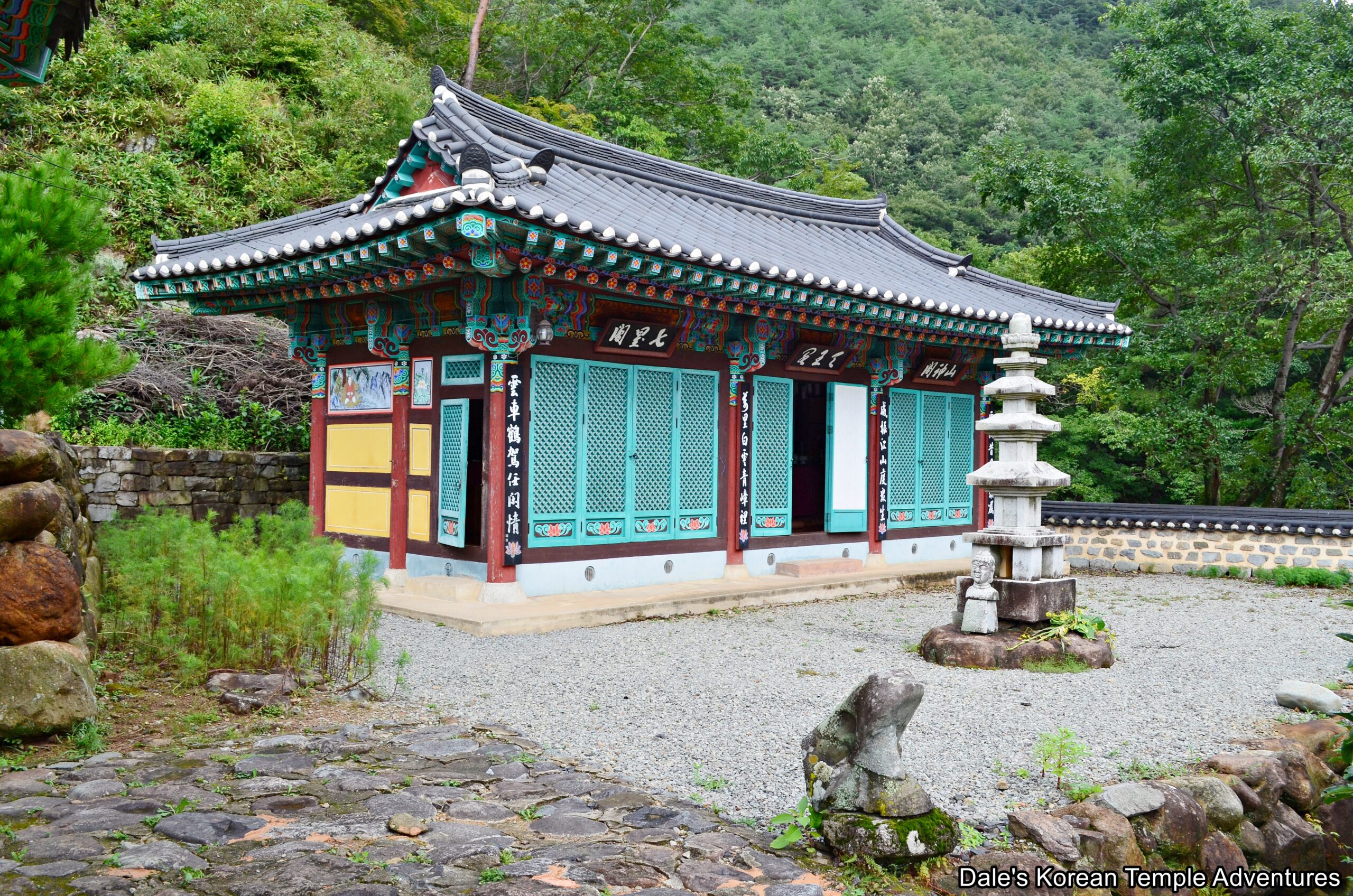
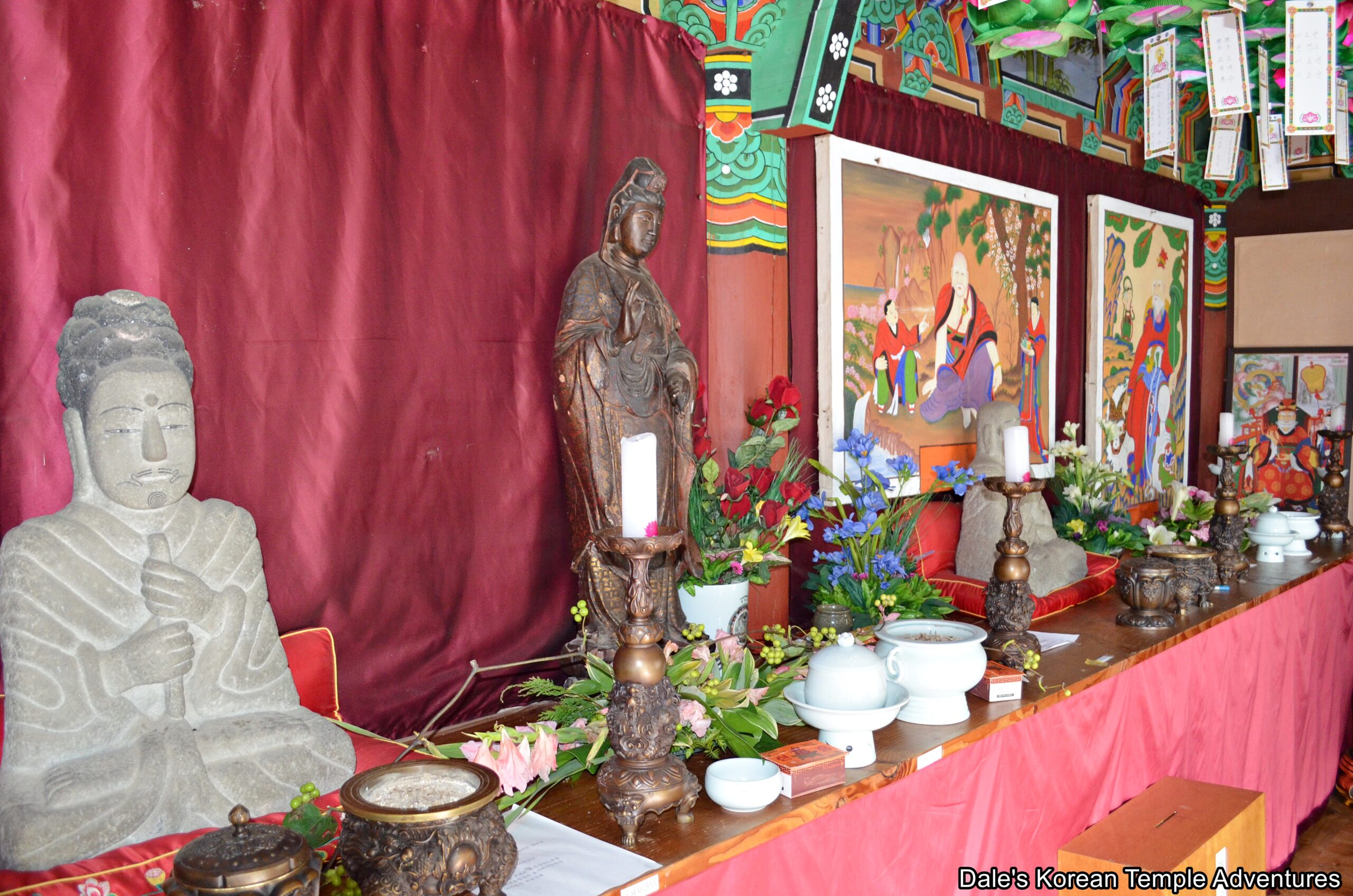

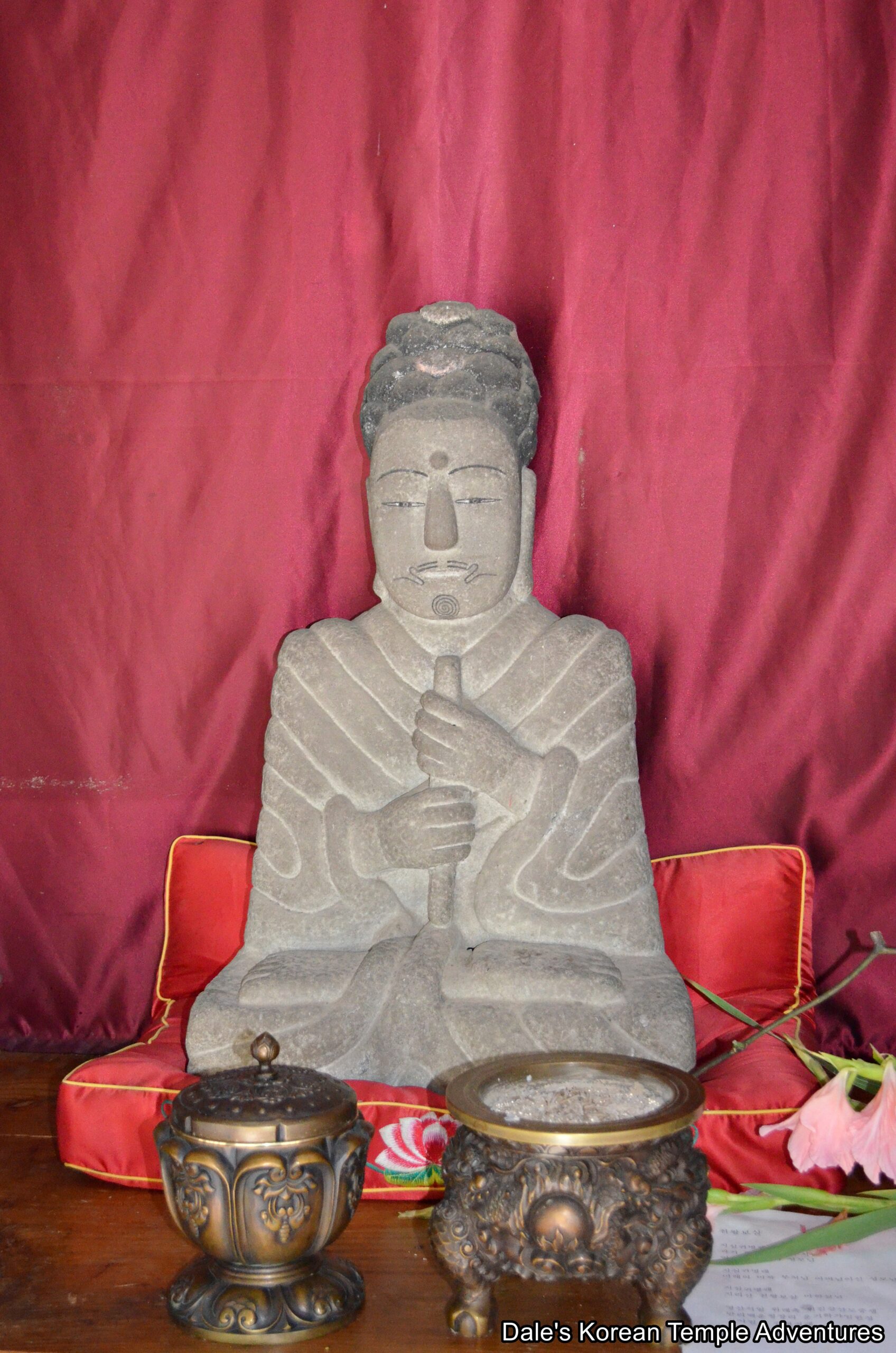
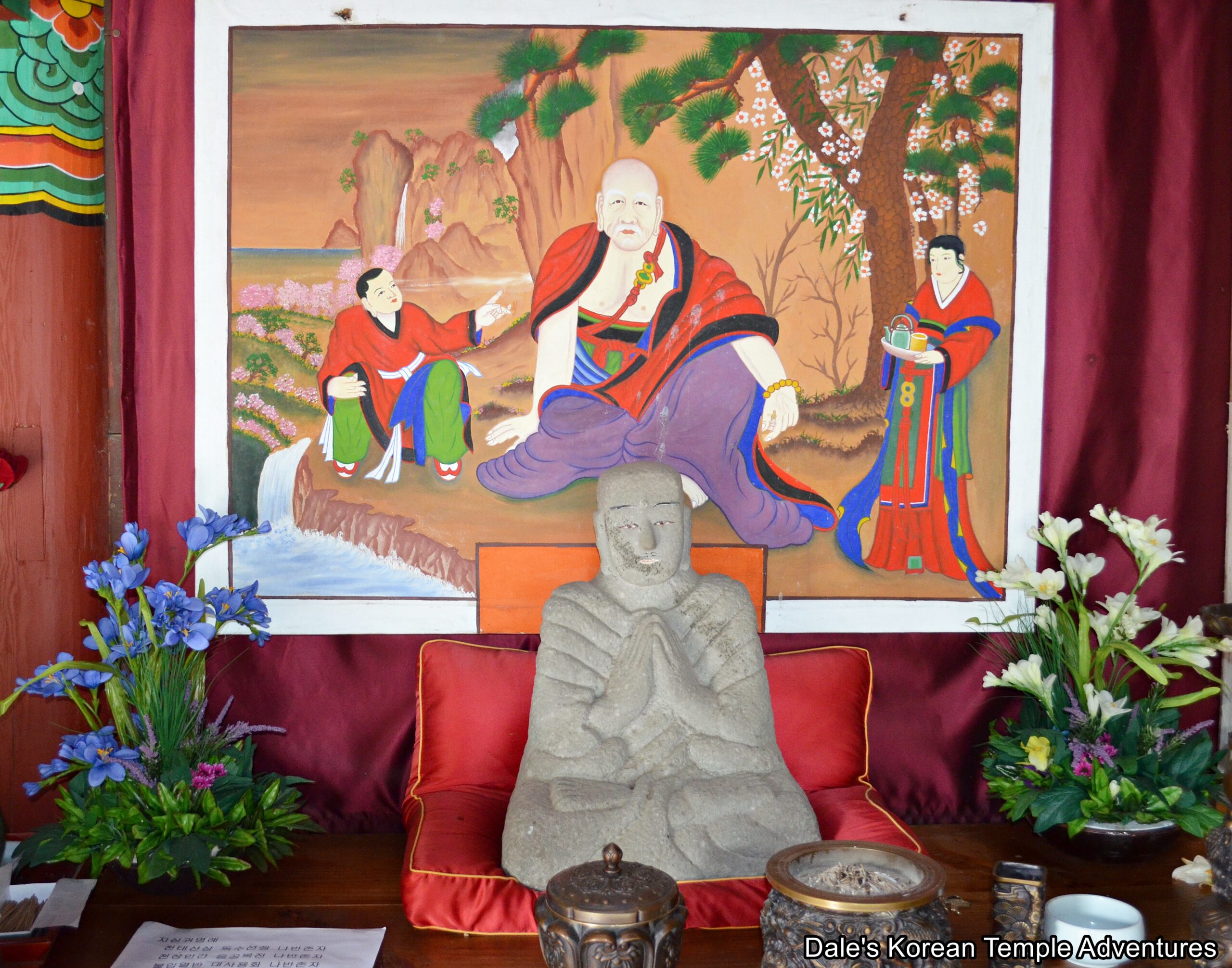
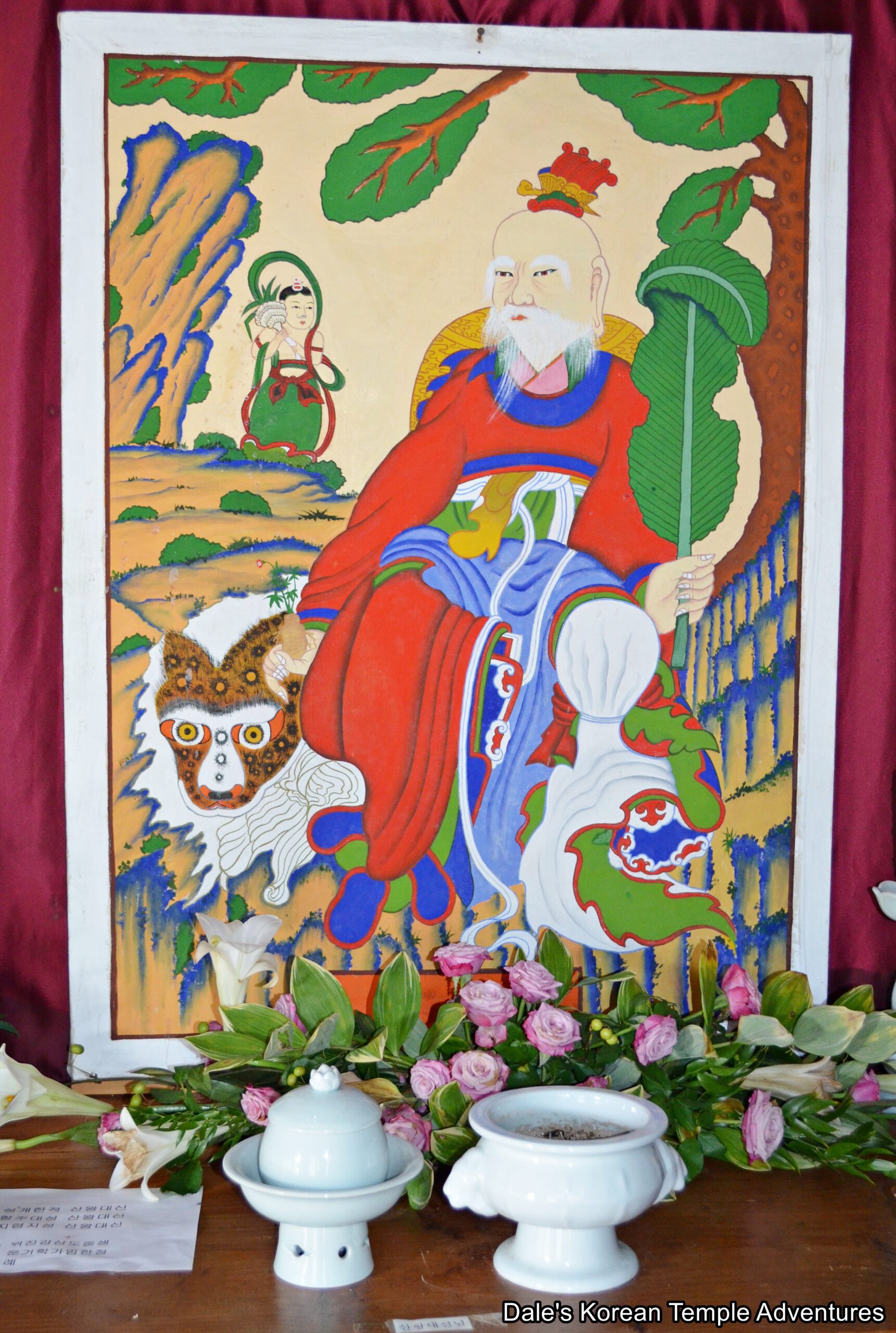
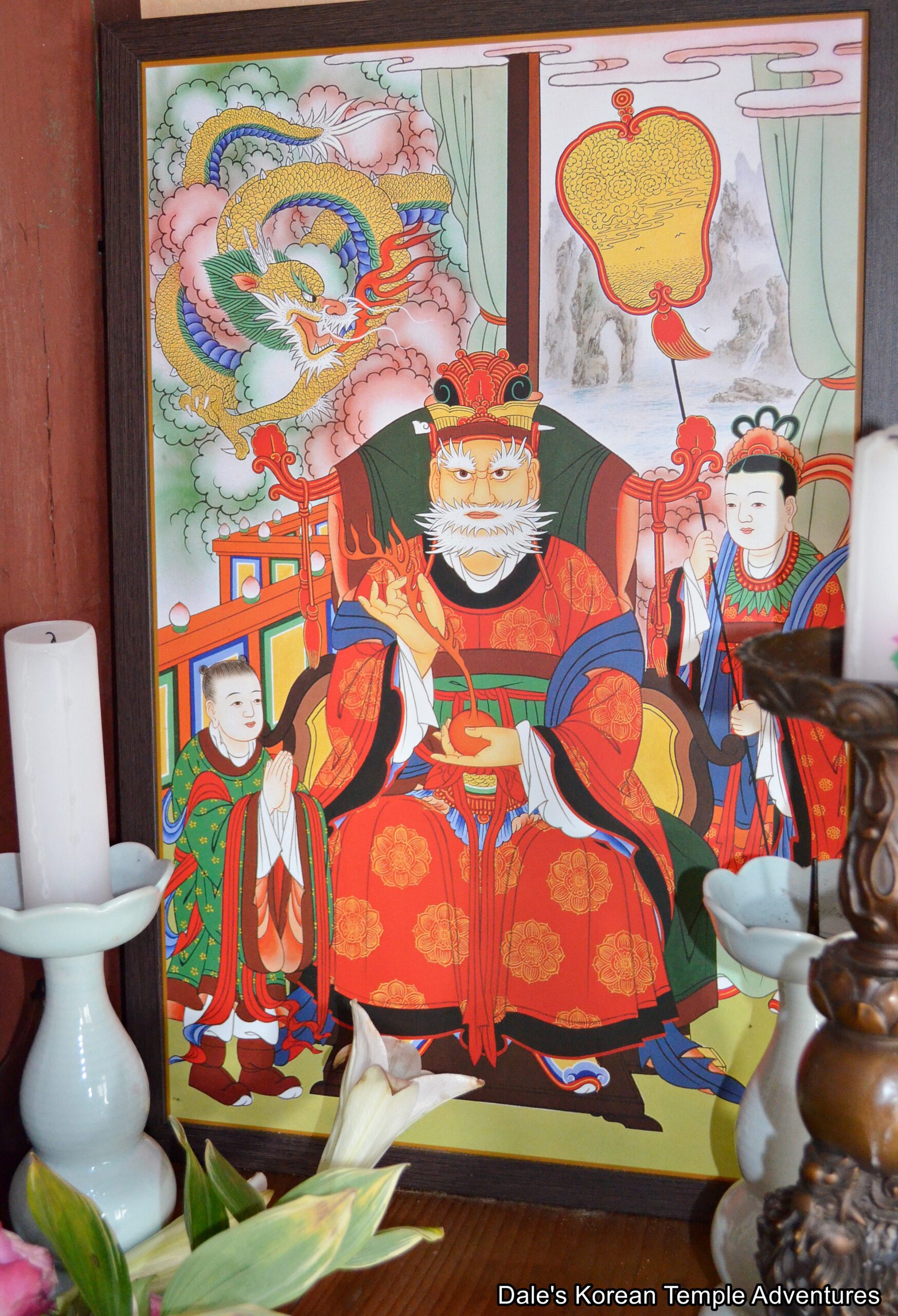
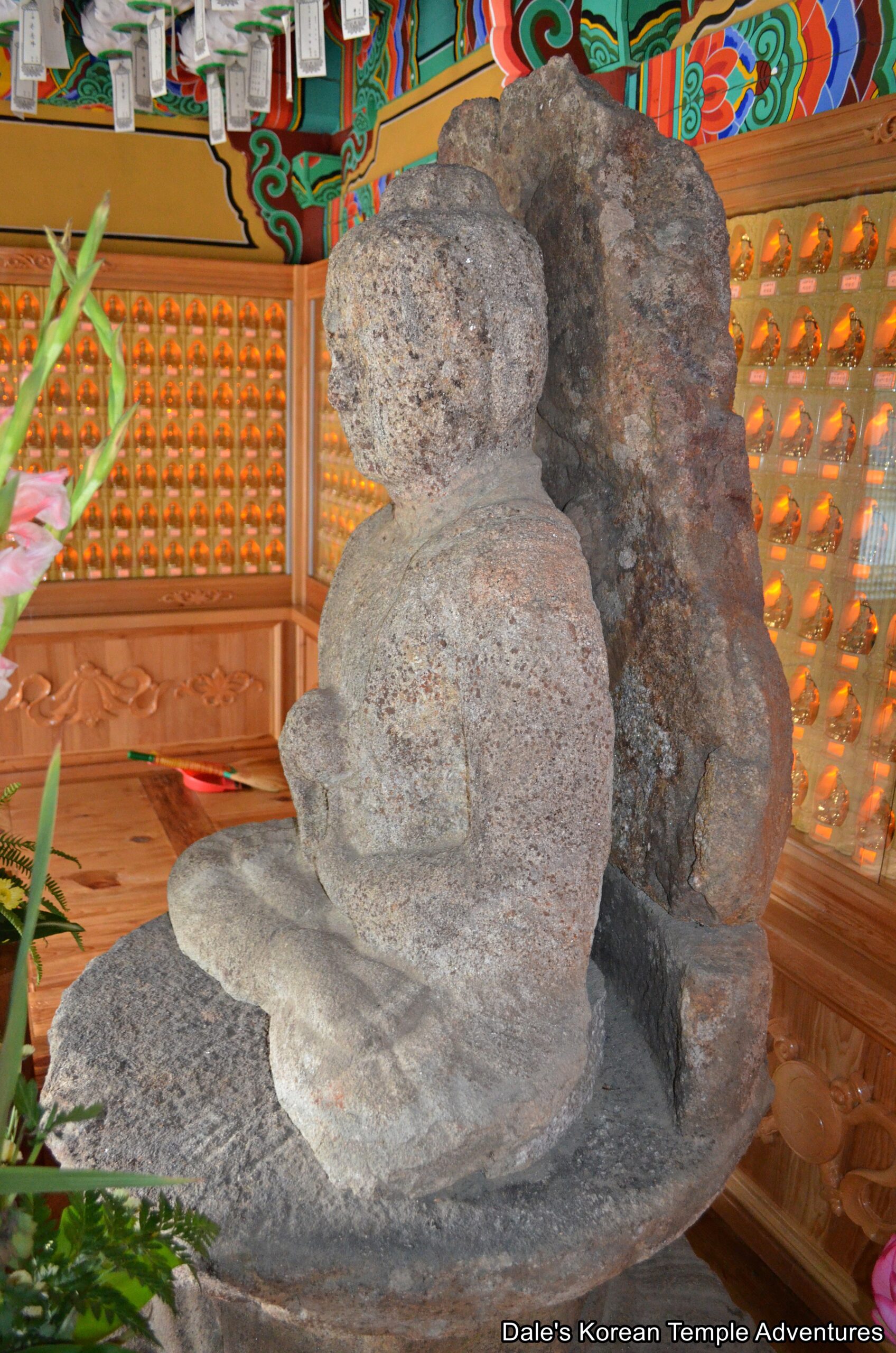




Recent comments